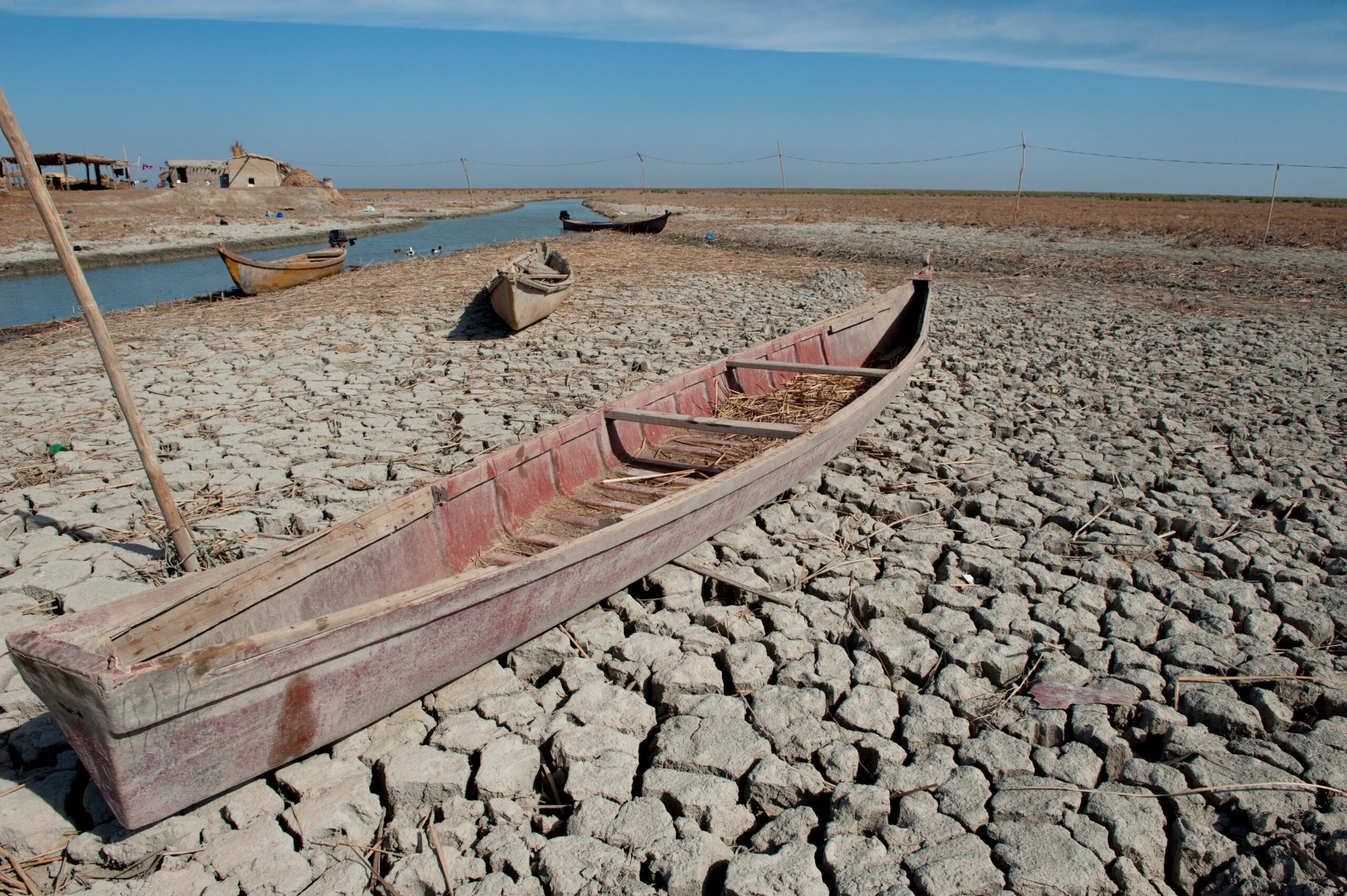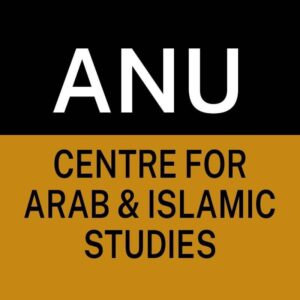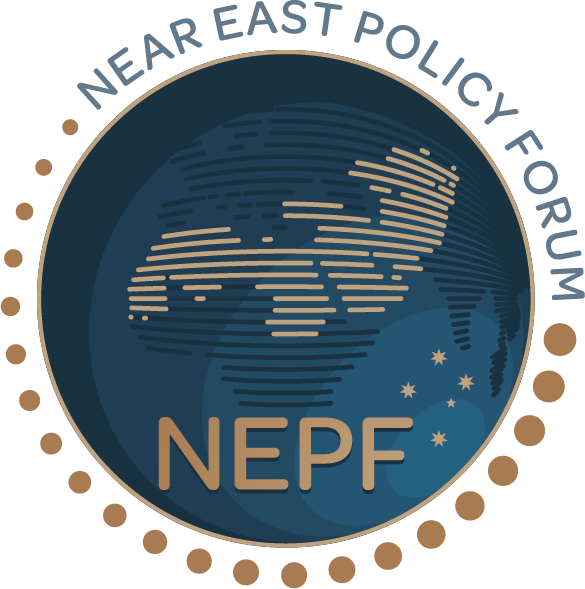The Middle East region is facing major challenges related to climate change, and Iraq is no exception. Despite being a historically water-rich country, Iraq faces demands from multiple directions for this critical resource: population growth, the legacy of multiple wars, transboundary water (mis)management and a changing climate.
An analysis of a commonly used drought index (the Standard Precipitation Evaporation Index (SPEI)) shows a concerning shift towards a drought pattern in Iraq over the past seven decades. Between 1951 and 1990, 20% of the years experienced mild drought with the remaining either normal or wet rainfall years. Between 1991 and 2010, 30% were drought years, but critically during this period, most droughts were moderate or extreme rather than mild. In the latest decade between 2011 and 2020, 60% were drought years, and only 40% were wet or normal years. These figures clearly indicate an increase in the frequency and severity of drought.
The effects of climate change, decreased rainfall and higher temperatures, combined with the country’s increasing population (expected to increase from 40 to 60 million in the coming 20 years) will exacerbate the situation causing water and food insecurity in the near future. Climate change projections also show that extreme rainfall events will become more likely during the wet periods, which requires immediate actions to mitigate flood risk as well as capturing these short-time freshwater inputs to the region. Indeed, flash floods in Iraq in the past few years have caused deaths, displacement, damages and health issues.
A major conclusion of the latest Intergovernmental Panel on Climate Change (IPCC) report on climate change impacts, adaptation, and vulnerability is that the globe is not adapting fast enough. It is well known that agriculture will be negatively affected by climate change, and that drought is one of the most important causes of food insecurity. In recent years, the effects of drought on agriculture globally have become greater, with production losses increasing from 7% to 14% between 1964 and 2007. Irrigation can reduce heat stress for crops and can thus be an opportunity to decrease the vulnerability of agriculture and the people relying on it. Subsequently, in the future the need for water for irrigation is expected to increase substantially.
The agricultural sector contributes 5% of Iraq’s Gross Domestic Product (GDP) and is therefore the second largest contributor to Iraq’s economy, after the oil sector. The sector also accounts for nearly 90% of the country’s water usage, meaning that a reduced water availability will severely impact the agricultural sector and livelihoods dependent upon it. The Tigris and Euphrates rivers, providing water to irrigate agriculture since 3000 BCE, are now facing reduced flows due to hydro-power projects and frequent droughts in upstream countries. This puts additional strains on relations between riparian states, increasing the need for transboundary water management and cooperation over shared resources. Decades of armed conflict have also substantially impacted the land and water management in the entire country, through direct damages to land and infrastructure, and by hampering development of sustainable methods.
Large storage dams have been the dominant strategy for supplying water for irrigation, causing reduced attention to parsimonious and environmentally friendly technologies, such as water harvesting. Such dams bring unfavourable impact on people, environment, and ecosystems around the dams as well as in downstream areas. For example, the ambitious development project in Turkey, Southern Anatolia Project (GAP), causes significant reduction of flow rate in both the Tigris and Euphrates Rivers leading to substantial water deficit for both environment and people downstream in Iraq and Syria. The GAP, together with local dam projects in Iraq, has already caused many lakes and marshlands to dry up, leaving their dried bed exposed to wind, causing dust storms with severe socio-economic effects. Sustainable alternatives for Iraq’s farmers are needed to ensure the availability of freshwater in the domestic as well as agricultural sectors.
Rainwater harvesting during heavy rainfall periods is a method for replenishing groundwater reservoirs and reducing flood impacts, which has proven useful in dry areas of the Middle East. It is a traditional method, which has become largely abandoned in the development towards more industrial agriculture. The technique diverts water during floods to an area with infiltration basins where the water infiltrates the soils and forms groundwater. The stored water can then be used during the dry seasons and drought periods to support agriculture irrigation and domestic use. The technique also improves soil quality, as sediments transported in the water remain in the basins, and studies have shown clear increases in yields and a potential for an improved socio-economic situation for the rural population in the immediate area.
For Iraq, rainwater harvesting through flood water spreading would be a cost effective way to store water, improve soil quality, and reduce flood risk in areas located close to the rivers, where most of Iraq’s population is located. It can be used in areas with croplands, tree plantations, pastures and forests, and is suitable in arid to semi-arid regions with annual precipitation between 100 and 700 mm. Rainwater harvesting is briefly mentioned in Iraq’s new climate change initiative (the Mesopotamia Revitalization project), which was adopted by the federal government in 2021, however most focus is put on modernisation of irrigation.
Climate adaptation in Iraq does not need to focus on finding new technologies or knowledge, as sustainable solutions adapted to drylands have existed in the Middle East region for thousands of years. Such traditional water harvesting methods should be central to future climate adaptation strategies in Iraq and other dryland countries.
The views expressed in the Near East Policy Forum are those of the authors and do not represent the views of the Near East Policy Forum or any of its partner organisations.




